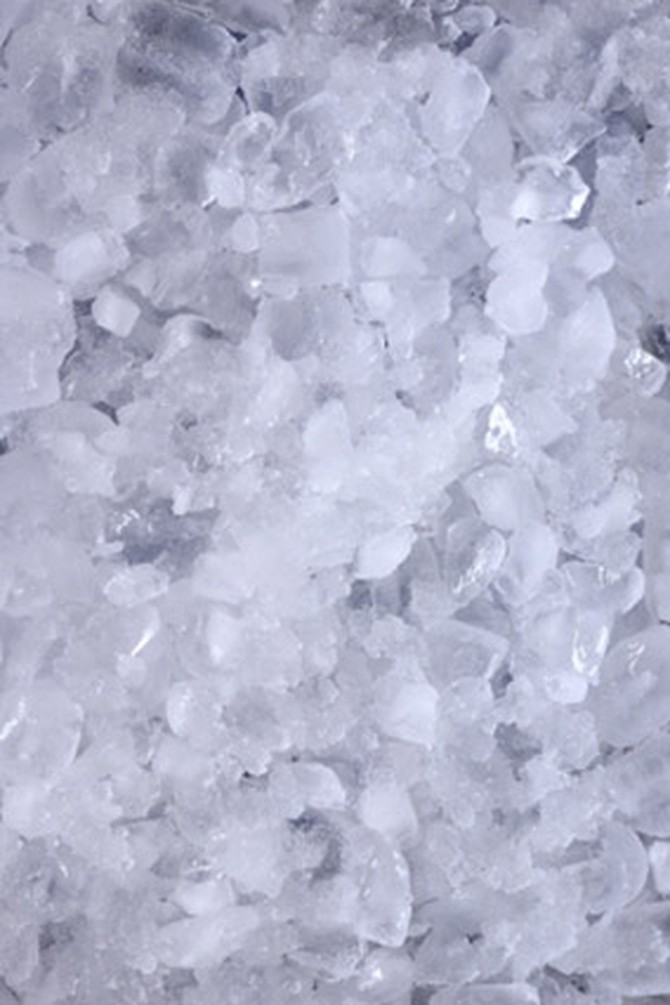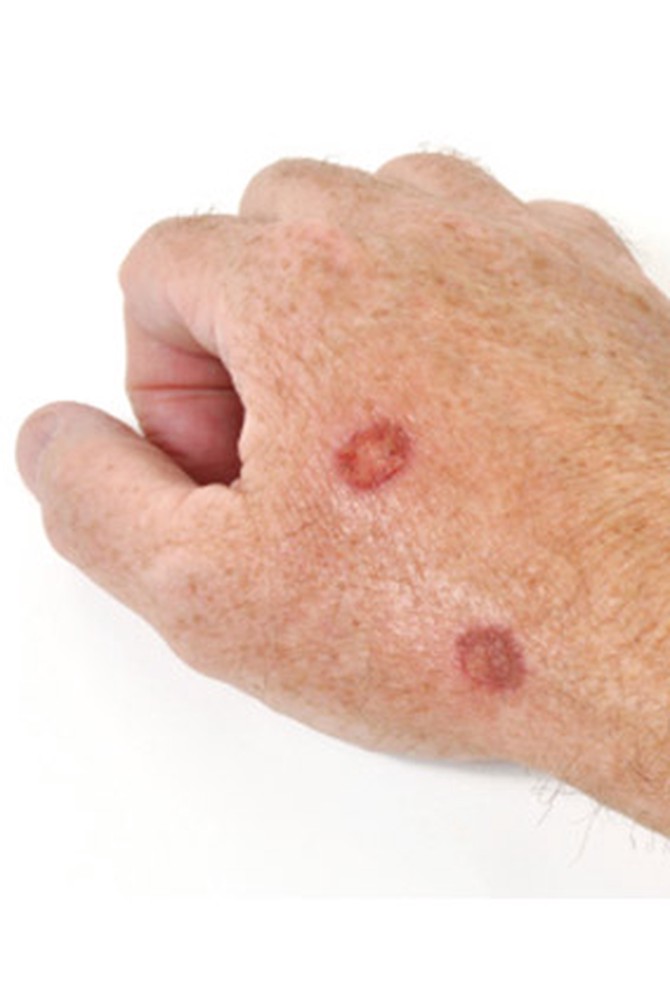Three Surprising Health Benefits of Subzero Temperatures
How staying cool (like, really cool) can be good for you.
By Dr. Mehmet Oz

Photo: Thinkstock
Therapeutic Hypothermia
For patients who've gone into cardiac arrest, lowering the body's temperature via ice packs, cooling blankets, or intravenous cold saline can be a lifesaver. Research has shown that cooling the body can help prevent tissue damage in the brain in the crucial hours after resuscitation. In a recent study published in Circulation, scientists suspect that the use of therapeutic hypothermia in U.S. patients contributed to a nearly 12 percent decline in deaths from cardiac arrest.

Photo: Thinkstock
The Polar Bear Club
A study in Clinical Physiology found that healthy, habitual winter swimmers who jumped from saunas into frigid water had improved immune function compared with those who don't regularly swim in the cold. Researchers believe that over time, exposure to extreme temperature differences may boost the production of infection-fighting cells.

Photo: Thinkstock
Skin Cryotherapy
This type of cold therapy is used to freeze off warts, but many people don't know that it's also a treatment for the precancerous lesions we call sun spots. The lesions are removed using liquid nitrogen that can freeze the skin to a teeth-chattering minus 58 degrees.
Next: 3 exotic home remedies for colds that really work
Next: 3 exotic home remedies for colds that really work
From the January 2013 issue of O, The Oprah Magazine

